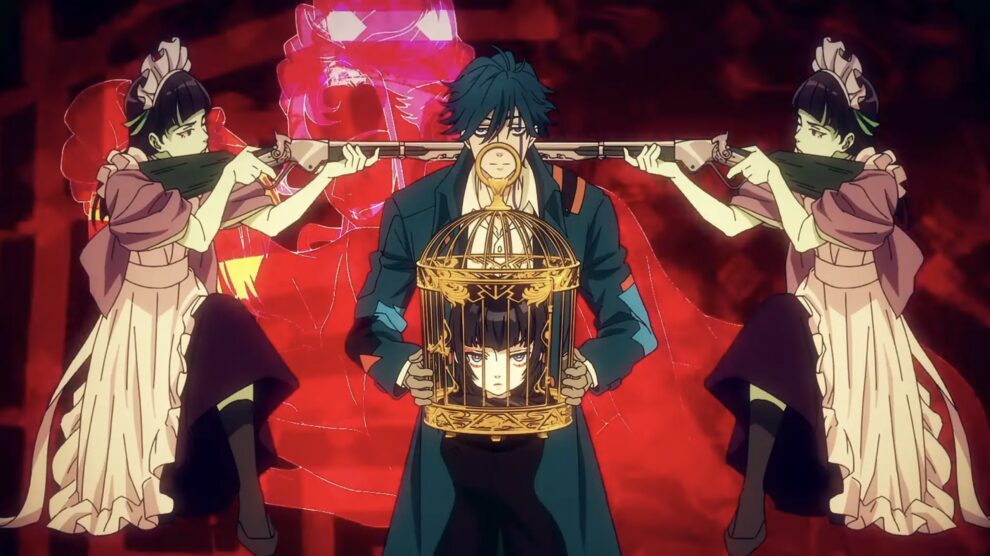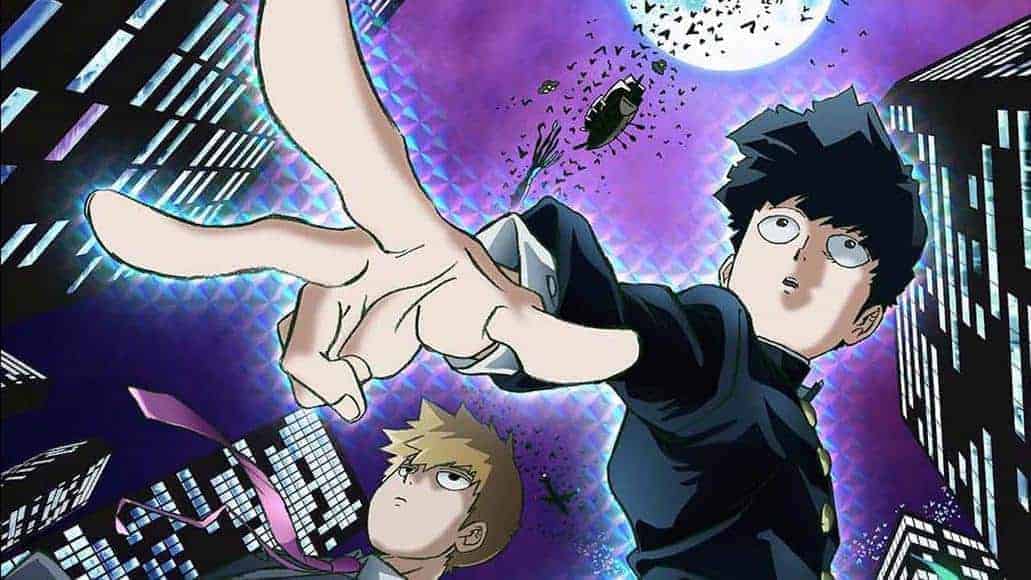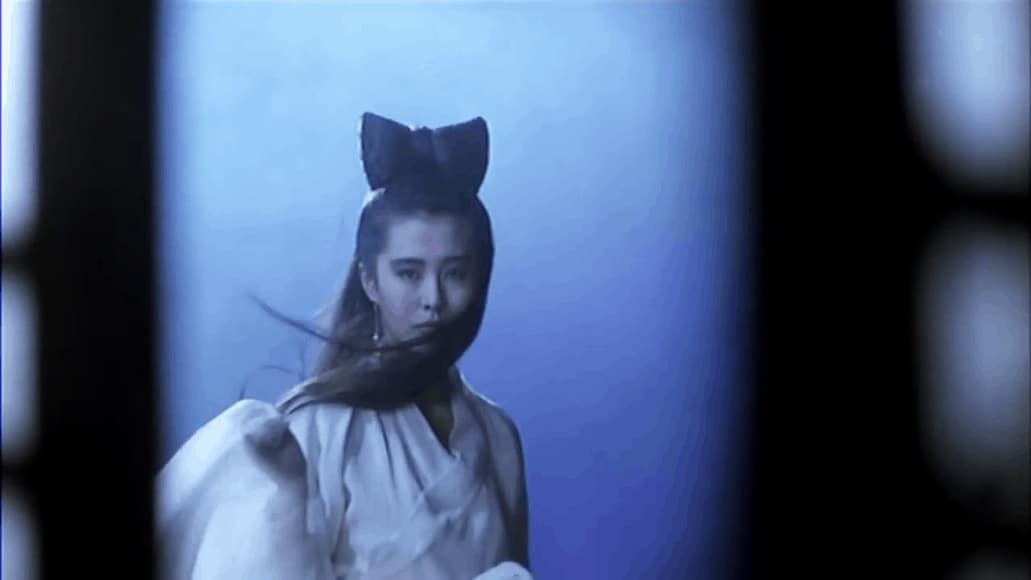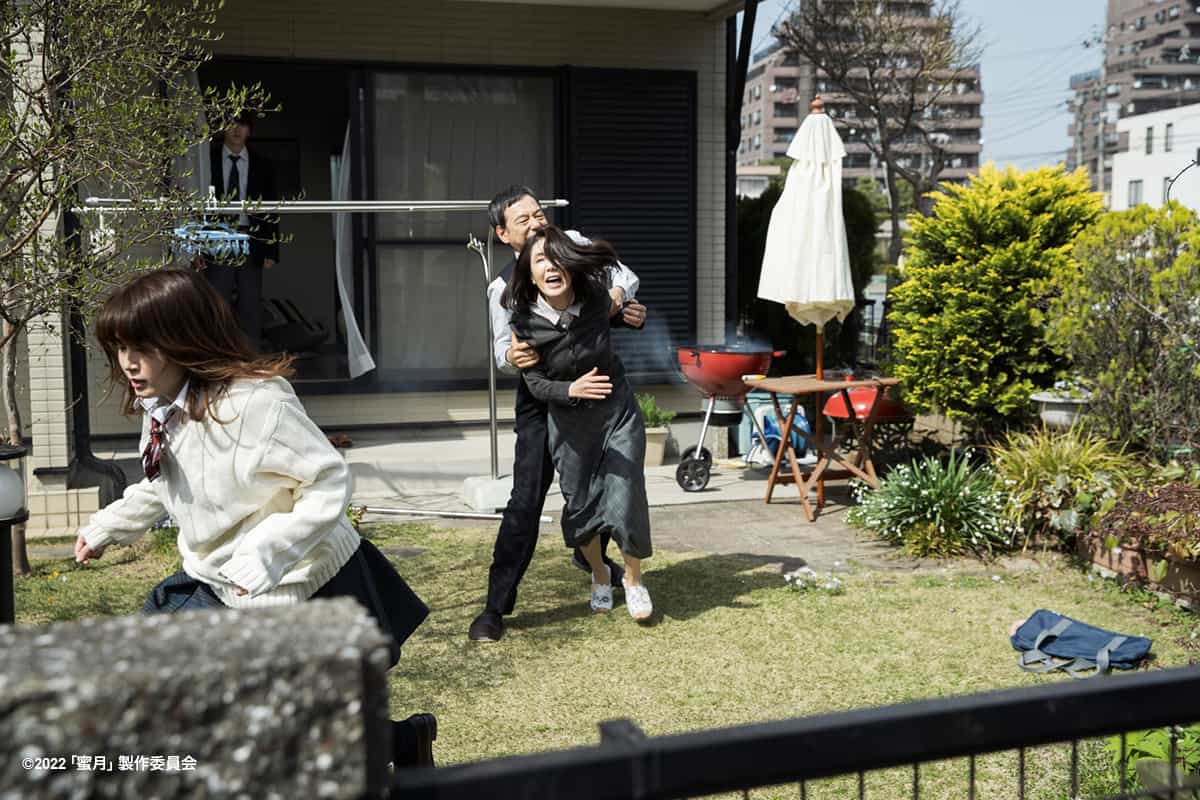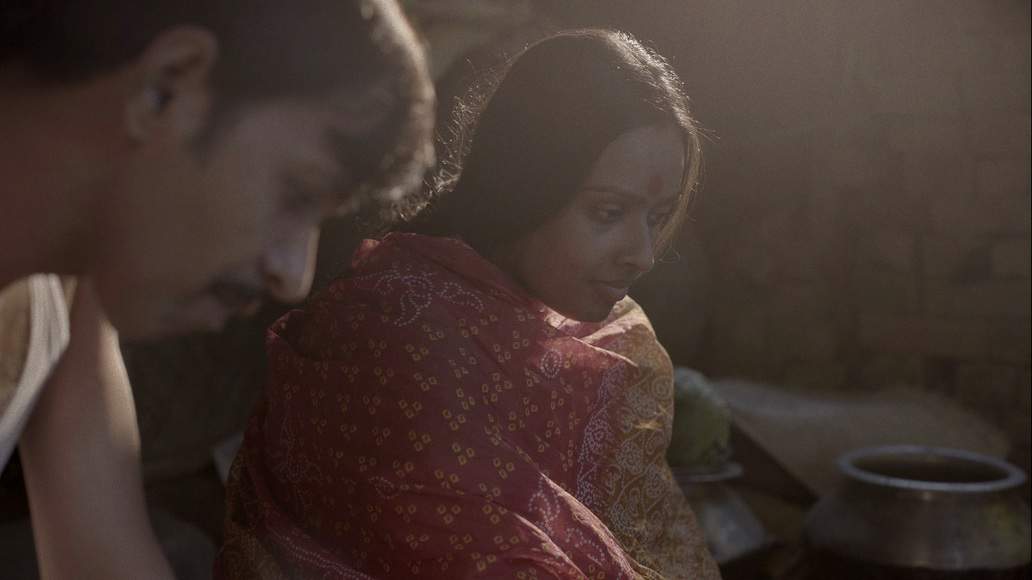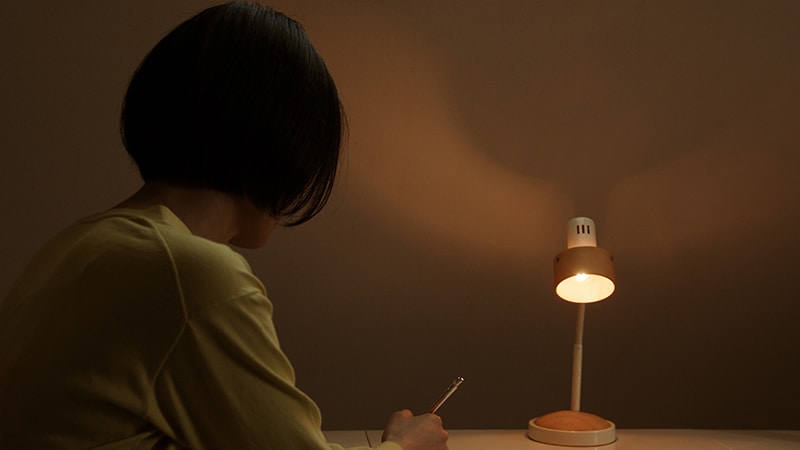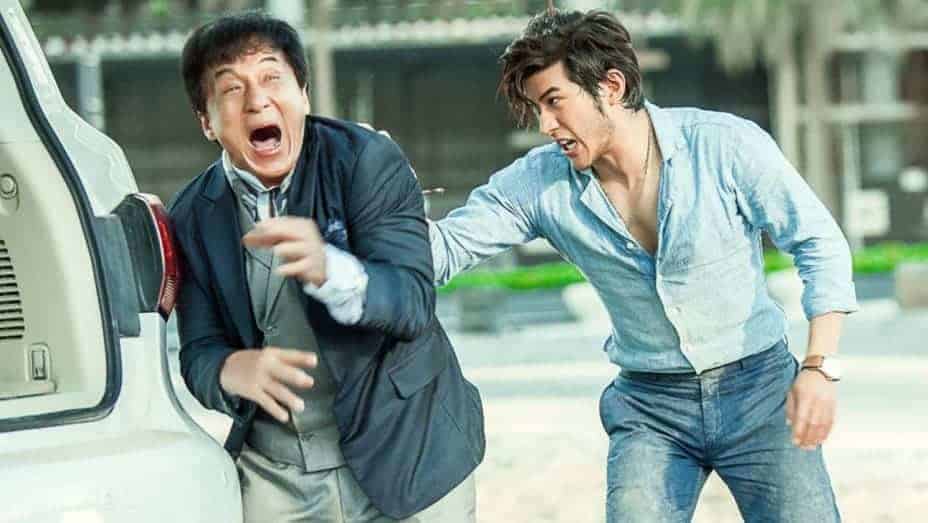Initially a novel series under the title of “Undead Girl Murder Farce” that became a manga by Haruka Tomoyama and eventually an anime, “Undead Murder Farce” is one of the most unique, interesting, and entertaining titles of 2023.
Watch This Title on Crunchyroll
by clicking on the image below
The story begins in 1897 in Japan, when the country is in the process of exterminating any kind of monsters that roam its streets. Tsugaru Shinuchi, known as the “Oni Slayer”, makes a living killing some of these monsters in cage fights as a circus act. One evening, he stumbles upon a woman in a French maid outfit who is carrying a birdcage, and the two end up fighting. A voice from the cage, however, proves to be the severed head of an immortal who introduces herself as Aya Rindo and her maid bodyguard as Shizuku Hasei. She requests that Tsugaru help find her body and offers Tsugaru a chance to extend his lifespan, knowing that he is a half-oni who is in danger of being consumed by his demon side. The research soon brings them to Europe, where, in the process of finding Aya's body, they are also hired by different people in order to solve a number of crimes.
While the whole narrative here is superb, the main points of excellence can be summarized in three. The first and most obvious are the three main characters. The half-oni Tsugaru who manages to avoid taking anything seriously, including his deadly fights but still manages to prevail is rather appealing himself, with his seemingly naive cockiness being quite entertaining to watch. The fact that Shizuku is the exact opposite of him, always being serious and disciplined, particularly in the way she follows Aya's orders, creates a rather appealing antithesis between the two, as much as a hilarious tension, since Tsugaru is almost constantly, physically punished by Shizuku. Evidently, and perhaps in future seasons, their relationship can become something else, but even in this way, it is quite entertaining to watch. Furthermore, the fact that she is dressed like a maid adds another point of humor here, which, is though, cemented in the whole concept of Aya, with the genius woman who is essentially just a head in cage being one of the most appealing elements of the whole series, also due to the fact that Mamoru Hatakeyama plays repeatedly with the concept.
Check also this interview
Aya's overall concept brings us to the second point, which is how Hatakeyama handles the absurd, particularly in the way these three ludicrous characters end up in even more ludicrous situations, while interacting with even more ludicrous individuals. The result, which manages to make the aforementioned (including the detective who is a head in a cage) actually appear normal, to the point that, essentially from the get go, the viewer can actually focus on the story and the cases the trio get involved with, without paying attention to it. The result is as ingenious as it is entertaining, and definitely one of the driving forces of the whole series.
The third point, in direct conjunction with the previous one is the appearance of a number of mythical figures and “evergreen” pop icons, which add another level of entertainment to the story. Vampires, werewolves, Alister Crowley, Sherlock Holmes, The Phantom of the Opera, Arsene Lupin, Moriarty and Jack the Ripper are just some of the characters that appear here. The effort to include such figures in anime is not exactly new, with “Record of Ragnarok” attempting the same recently, but the way that the anime includes them in the story here, is, in contrast, quite organic, again in the same “absurdness appearing normal” approach mentioned before.
Another central element, which will probably appeal to Agatha Christie's and, in general, whodunnit fans, is the mystery/crime, which is essentially the driving force behind the progression of the story. The way Aya solves the crime is definitely in Poirot style, with Hatakeyama, though, including a very appealing sense of diversity in the three arcs here. The first is a whodunit, the second a how-they-did-it, and the third a whodunit, but definitely in more epic proportions, in another point of excellence of the anime.
Lastly, and in yet another point that showcases that this is an anime that addresses a more mature audience, there is an element of sensualism, chiefly presented through Carmilla, whose appearance and overall sapphic tendencies are the main source of it in the story. The fact that she exercises it on Shizuku, the most restrained and uptight character in the series is actually rather titillating, again, though, in an approach that is organic to the script and by no means does it cross into fanservice territory, at least not intently.
And talking about this aspect, the inclusion of so many extreme and rather diverse characters in the series gave the opportunity to Noriko Ito to create a series of individuals that are as impressive to watch, as they are diverse. Evidently, Aya stands out due to her overall conception, but both Tsugaru and Shizuku, as much as the aforementioned famous “players” are exquisitely drawn and, in general, presented. The only moment this approach falters is in the last arc, where the appearance of a plethora of new characters without particular characteristics makes their drawing somewhat generic.
The Belle Epoque setting, which takes over after the first episode, is also elaborately presented, with the whole baroque approach in the set drawing being impressive to watch. The mansion in the first arc, the urban of the second and the rural of the third are all quite well sketched and animated, with the background being frequently an integral part of the action. Regarding the animation by Lapin Track, it seems that the contextual elements of the series found their apogee here, with the absurdness actually being one of its main components, while the battles are all excellently embedded in the narrative. Violence, humor, grotesqueness, even eroticism are present, in yet another great aspect of the series.
Not much more to say, although the quality slightly deteriorates at moments in the last arc, “Undead Murder Face” emerges as a truly unique series that manages to combine its diverse elements in the most intelligent and entertaining way, in one of the best anime of the season so far.


